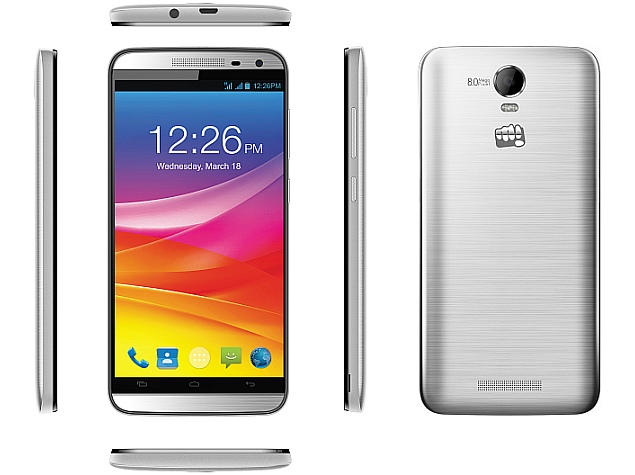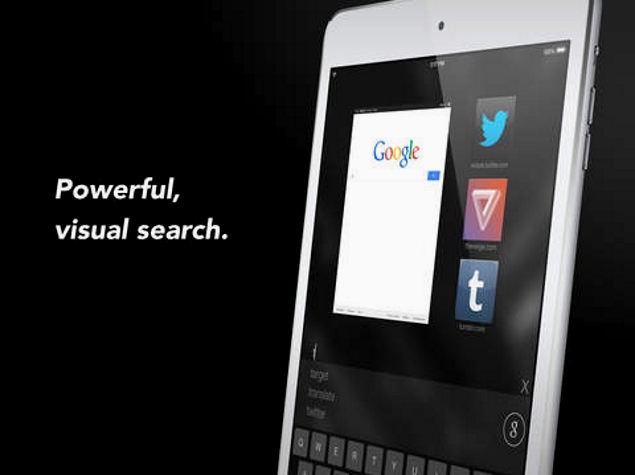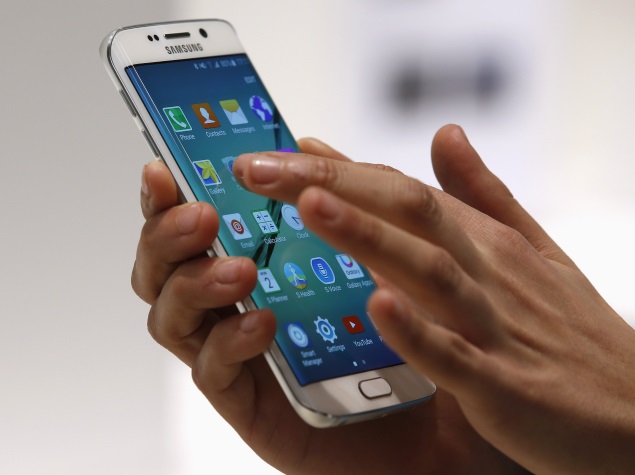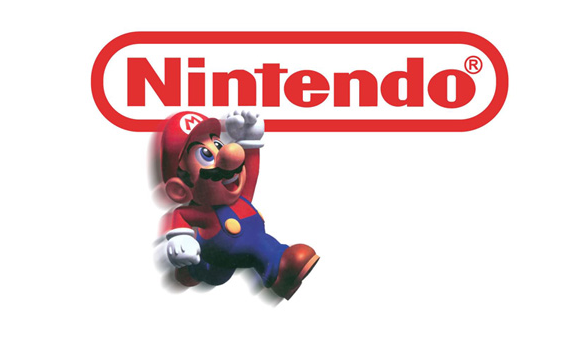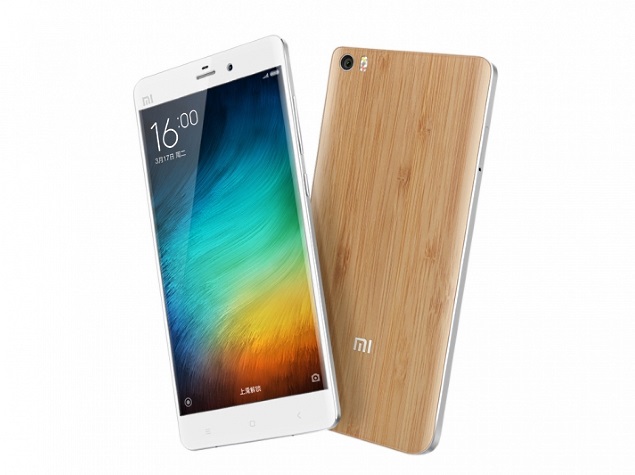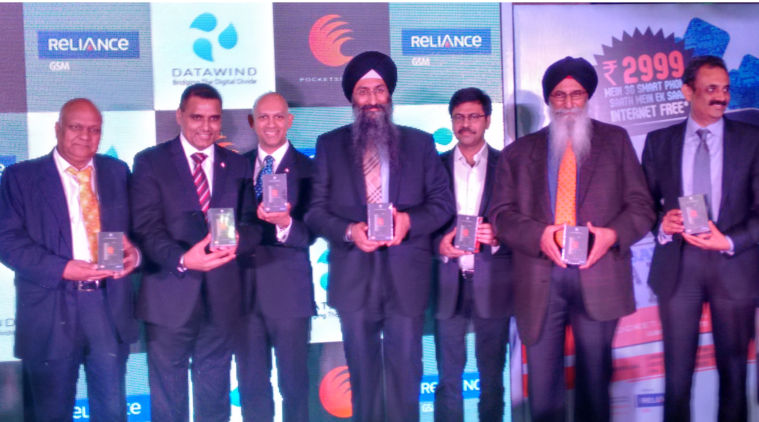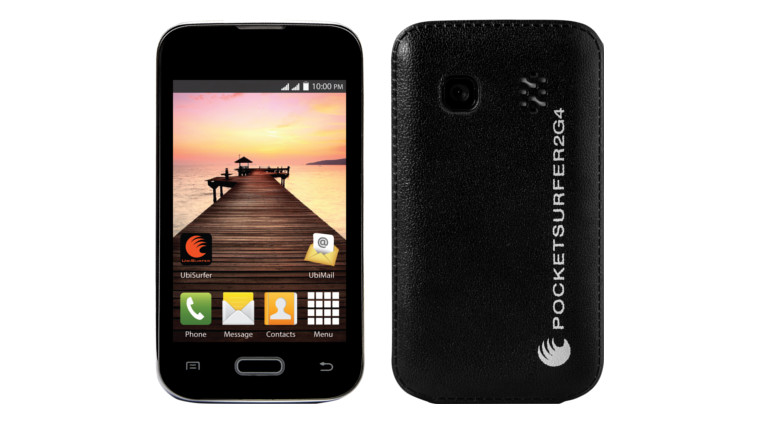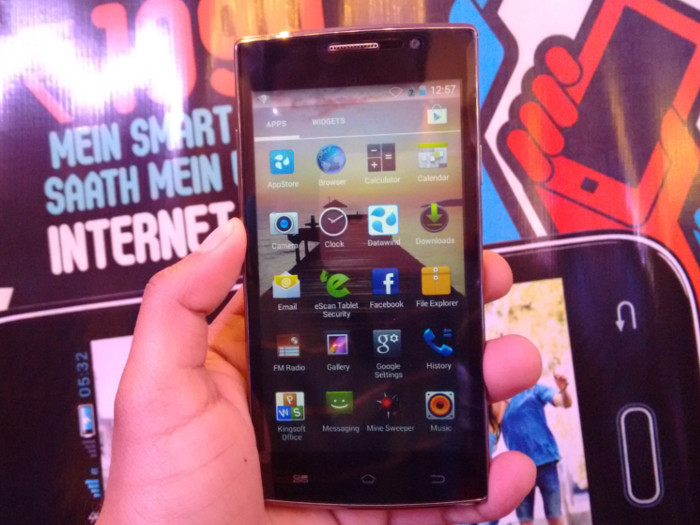<p> <i> 20.19 pm </i>
Google Play launches a global age-based app rating system based on local standards
Google is announcing that it is adopting a global age-based system for rating apps in its Google Play store. The system is automated so that developers can answer questionnaires and get a recommended rating quickly that covers advice for parents about how old kids have to be to play the game or app.
The system also has safeguards to deal with incorrect ratings, and it will have oversight from Google Play and ratings agencies around the world. One of the smart things about it is that it can develop automated ratings for a game or app based on the local customs of various regions with ratings systems. It’s all about having developers better label their apps for the right audience, Google said.
The system is based on the fact that people in different countries have their own ideas about what content is appropriate for kids, teens and adults, said Eunice Kim, Product Manager for Google Play, in an interview with GamesBeat.
“We know that cultural standards are different the world over,” Kim said. “We wanted to be sensitive to those differences, especially when we have a billion users using the product every day. We wanted to make sure it wasn’t burdensome for the developer.”
Developers can answer questions about an app, such as whether it uses any images with nudity or common naughty words. Then Google Play generates an automated rating for the title based on ratings systems. In North America, the title is based on ratings from the Entertainment Software Ratings Board, an industry supported group that is part of the International Age Rating Coalition (IARC). Other members include the Pan-European Game Information (PEGI), Australian Classification Board, Unterhaltungssoftware Selbstkontrolle (USK) and Classificação Indicativa (ClassInd). Territories without ratings authorities will display a generic age-based rating.
The system will be implemented for all apps in the coming weeks around the world. Google believes that the change will give developers an easy way to communicate ratings to users and receive better app discovery and engagement for their apps.
“Android is in the hands of a billion people in 190 countries, and we have paid out more than $7 billion to developers,” said Purnima Kochikar, director of business development for Google Play, in an interview. “What we are doing here is helping developers categorize their apps in a way that users understand.”
To sign up for a rating, developers can sign in to the Android Developer Console and complete the new rating questionnaire for each app. Apps without a completed rating questionnaire will be marked as “Unrated” and may be blocked in certain territories or for specific users. Starting in May, all new apps and updates to existing apps will require a completed questionnaire before they can be published on Google Play. The ratings have descriptions that help parents out, such as “has nudity.” Kochikar noted that the developer doesn’t rate the game; the agency produces the rating based on the questionnaire.
“This is an emerging area, and no one else does it this way,” said Kim. “In the past, it has taken thousands of dollars and weeks to rate video games. We believe the accuracy and the objectivity here is beyond what is available in the market now. This is a technical solution to a human problem (of having too many games to rate). The answers to the questionnaire map to different rating levels. They do not proactively review the ratings before they get published, but they have the right to review them after they are published. It is meant to be a streamlined process.”
Kim said the system was initiated in response to user interest. It wasn’t driven by complaints or laws in various countries.
“We previously had one size fits all,” Kochikar said. “Now it is based on local ratings.”
Patricia Vance, head of the ESRB, said in an interview that the process with Google took about a year to complete. She said that other carriers and platforms are in the midst of creating their own policies based on similar notions. The ESRB launched its own solution for digital game ratings a few years ago, and this Google Play system leverages that work. The IARC now has ratings that cover 1.5 billion people around the world, she said.
“It was built to be scalable and to handle the higher volumes of mobile apps,” Vance said. “We needed a scalable system that was also verifiable.”
In a related development, Kochikar said that several months ago, Google began reviewing apps before they were published on Google Play to better protect the community and improve the app catalog. Developers can check where their app is in the approval process. Google doesn’t approval apps with sexual content, copyright-infringing intellectual property, and real-money gambling.
This new process has a team of human experts who are responsible for identifying violations of the developer policies earlier in the app life cycle. This team uses automated tools and their own judgment to quickly decide whether apps can be published or not. Kochikar said that developers haven’t noticed any delays in the process, and now the team can approve apps in a matter of hours rather than days.
Google also provides reasons why apps are rejected or suspended. If there is a mistake, developers can challenge the rating. Or if a developer misrepresents a game, Google Play can override a rating so it is consistent with what the rating agencies would do. The rating agencies can also step in.
Previously, Google used a rating system that it had designed itself, but it was one system for the entire world.
“It’s top of mind for us to do a better job with families and parents,” Kim said.
Vance noted that other carriers and platforms are performing the same analysis now. Apple has not signed on yet, she said. Vance said she believes that titles based on Xbox Live, Nintendo eShop, and the PlayStation Network will use the same IARC system as Google for territory-based ratings around the world. So far, the Firefox Marketplace has also approved the IARC system.
Kochikar attributes the success of Android to a focus on better business management, smarter tools for developers, and a good user experience. Kochikar said carrier billing is available in 32 countries, with 11 new ones added in 2014. Gift cards are in 28 countries, with 21 added in 2014. And PayPal is available in 18 countries, all launched last year.
“We are in more places and more ways,” Kochikar said. “We’ve focused on flexible business models, including in-app purchases and subscriptions.”</p>

